Missing teeth are no longer a problem! Dental implants offer the most advanced, durable, and natural-looking solution for restoring your smile. An implant, together with its crown, mimics a real tooth both aesthetically and functionally-helping you regain confidence, comfort, and a complete smile.
To book a visit, sign up for a consultation. To clarify the details, our operator will contact you.
.jpg)
Veneers and face shape
24 January 2022
What to consider when selecting ceramic veneers
Ceramic Veneers are high quality porcelain plates with an average thickness of 0.3-0.5 mm. They can be used to correct the color and shape of the tooth, as well as to fill the spaces between the teeth. Ceramic veneers have gained widespread popularity in aesthetic dentistry. Their ability to correct structural and cosmetic dental issues in a short amount of time make them the most sought after of cosmetic dental procedures. When it comes to porcelain veneers, there are endless options to choose from. Selecting the right veneers for your face can be just as important as selecting the right cosmetic dentist. There are many variables you will have to consider when selecting the right veneers for your mouth. These variables include:
Tooth color
The appropriate color for your porcelain veneers is determined through the use of a standardized dental color chart. This chart is divided into four categories (gray, reddish yellow, reddish brown, and reddish gray) and eleven sub-categories for a wide range of tones. You should select a shade for your veneers that is about two shades lighter than your natural teeth.
Tooth shape
Choosing the right shape for your veneers is essential to giving you the most suitable smile for your face. Since every tooth is different, there are endless combinations to choose from. Standart Smile shapes have been created to make choosing the right shapes a little easier. There are 12 different styles of smiles and it is very easy to choose from.
- Aggressive: Square shaped, uniform teeth for a bold impression. Typically more common for males.
- Mature: Square shaped teeth with slightly rounded canines.
- Vigorous: Square shaped teeth with sharp and prominent canines.
- Dominant: Square shaped teeth with more prominent front teeth and rounded canines.
- Focused: Slightly rounded teeth with square central incisors.
- Enhanced: Slightly rounded teeth
- Softened: Rounded teeth with a more discreet curvature.
- Hollywood: Square shaped with slightly shorter lateral incisors. This is one of the most popular veneer styles and typically preferred for male patients.
- Functional: Slightly rounded shape with pointed canines for optimal function
- Natural: Slightly rounded shape with very pointed canines.
- Youthful: Round shape with longer canines
- Oval: Round shape with rounded canines and incisors.
Face shapes:
Be sure to consider the shape of your face when selecting veneers. The harmony of face shape and veneer creates the desired aesthetic result for the patient.There are eight major categories of face shapes;
- Round-shaped face - the width of the face is slightly longer than the length, there are no raised cheekbones and chin, all contours are rounded.
- Long oval face - the length of the face is much greater than the width, although other proportions are maintained. The width of the forehead corresponds to the width of the cheekbones and the chin is rounded.
- Heart-shaped face - The heart-shaped face is characterized by a deepening of the hairline in the middle of the forehead and an obviously sharp chin.
- Square-shaped face - wide forehead and wide cheekbones that give the face a stern look.
- Rhombus-shaped face - The most conspicuous part of this shaped face is the cheekbones. The forehead and chin are small and accurate. People with such faces are easy to remember.
- Inverted triangle shape face - from wide forehead to sharp chin. This shape of the face is very similar to the shape of a heart except that there is no deepening of the hairline on the forehead that forms the shape of the heart. In addition the triangular face is narrower than the heart shape.
- Pear-shaped face - is a rather rare face shape. It features a small forehead and focuses on the wider lower part of the face.
- Oval shaped face - an ideal shaped face where symmetry is maintained between the upper and lower parts of the face.
At Blits Dental, during the initial consultation, Smile Designer analyzes the patient's smile type and facial silhouette. At this point, the shape and color of the ceramic veneers are selected, and a computer model of the desired aesthetic result is created. The smile designers of our clinic have huge experience of working with ceramic veneers, which guarantees the desired result.
During pregnancy, hormonal changes can cause gum inflammation, bleeding, enamel erosion, and an increased risk of cavities. That’s why visiting the dentist during pregnancy is especially important.
Gnathology is one of the leading branches of 21st-century dentistry. It forms the foundation for any complex dental treatment planning
Tooth loss (edentulism) affects not only the appearance of your smile but also the overall functional health of your oral cavity
Dental veneers can be made from various materials, but ceramic (porcelain) veneers are the most widely used.
Modern aesthetic and functional dentistry is continually evolving, striving to identify restorative materials that combine exceptional strength
The eruption of baby teeth is one of the most important stages in a child’s early development.
Modern dentistry increasingly emphasizes the importance of orthodontic care.
Oral health care begins long before the first permanent tooth erupts.
A smile is one of the key elements of a person’s visual identity. It conveys confidence and positivity. However, the beauty of a smile is not only an aesthetic factor—it is directly connected to oral health.
Orthodontic treatment has long gone beyond the limits of traditional metal braces.
Dental implantation is the best method for restoring missing teeth. However, for the procedure to be successful, the jawbone must have sufficient volume and density.
Dental implantation is one of the most effective and safest surgical procedures in modern dentistry for restoring missing teeth.
Initial endodontic (root canal) treatment is usually successful and helps preserve the natural tooth.
Root canal treatment, also known as endodontic therapy, is one of the most frequently discussed yet often misunderstood dental procedures.
Tooth decay is one of the most common dental conditions, involving damage to the hard tissues of the teeth
Modern dentistry is constantly evolving, offering improved methods for solving complex issues.
Today, there are numerous teeth whitening options—both at home and professionally done.
Modern dental clinics are equipped with special equipment that ensures the safe use of anesthesia.
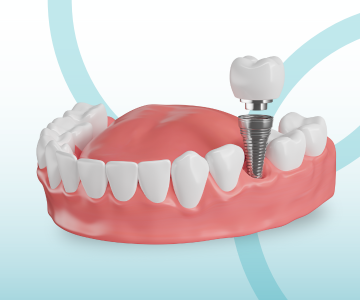

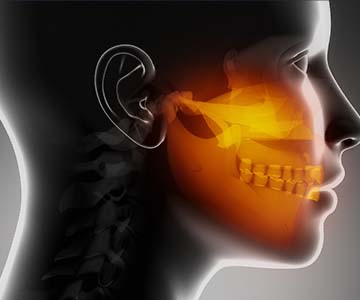
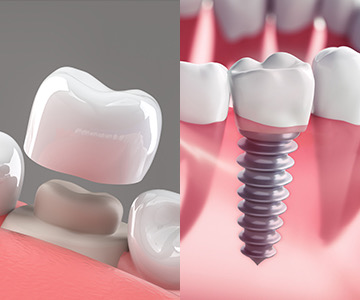
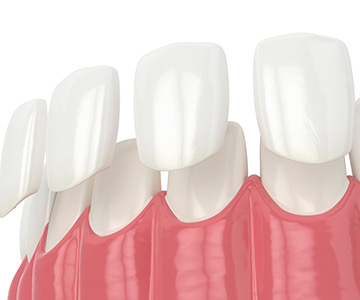



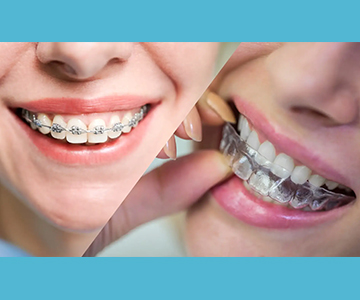

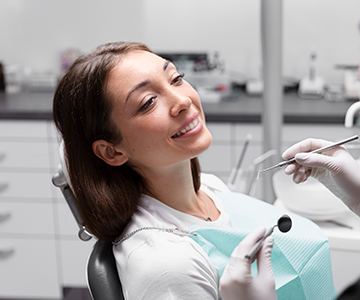
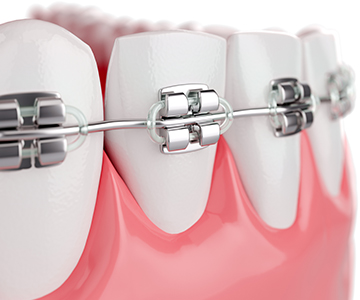
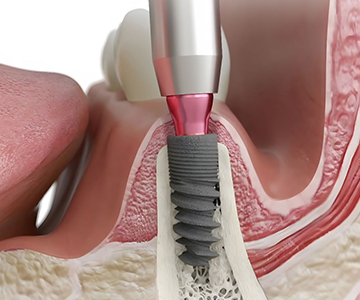
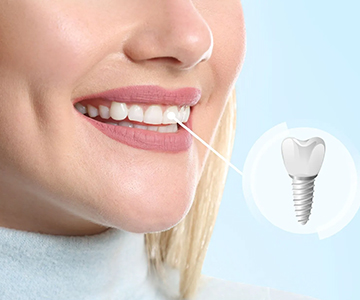
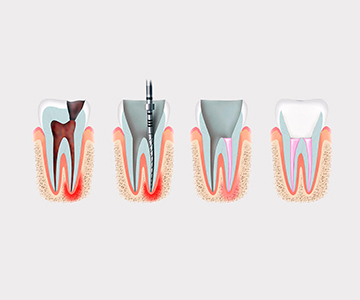
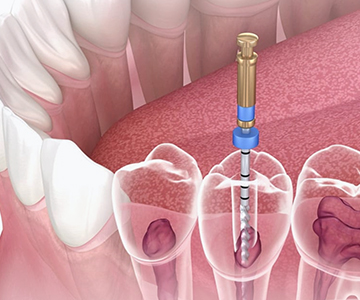
.jpeg)
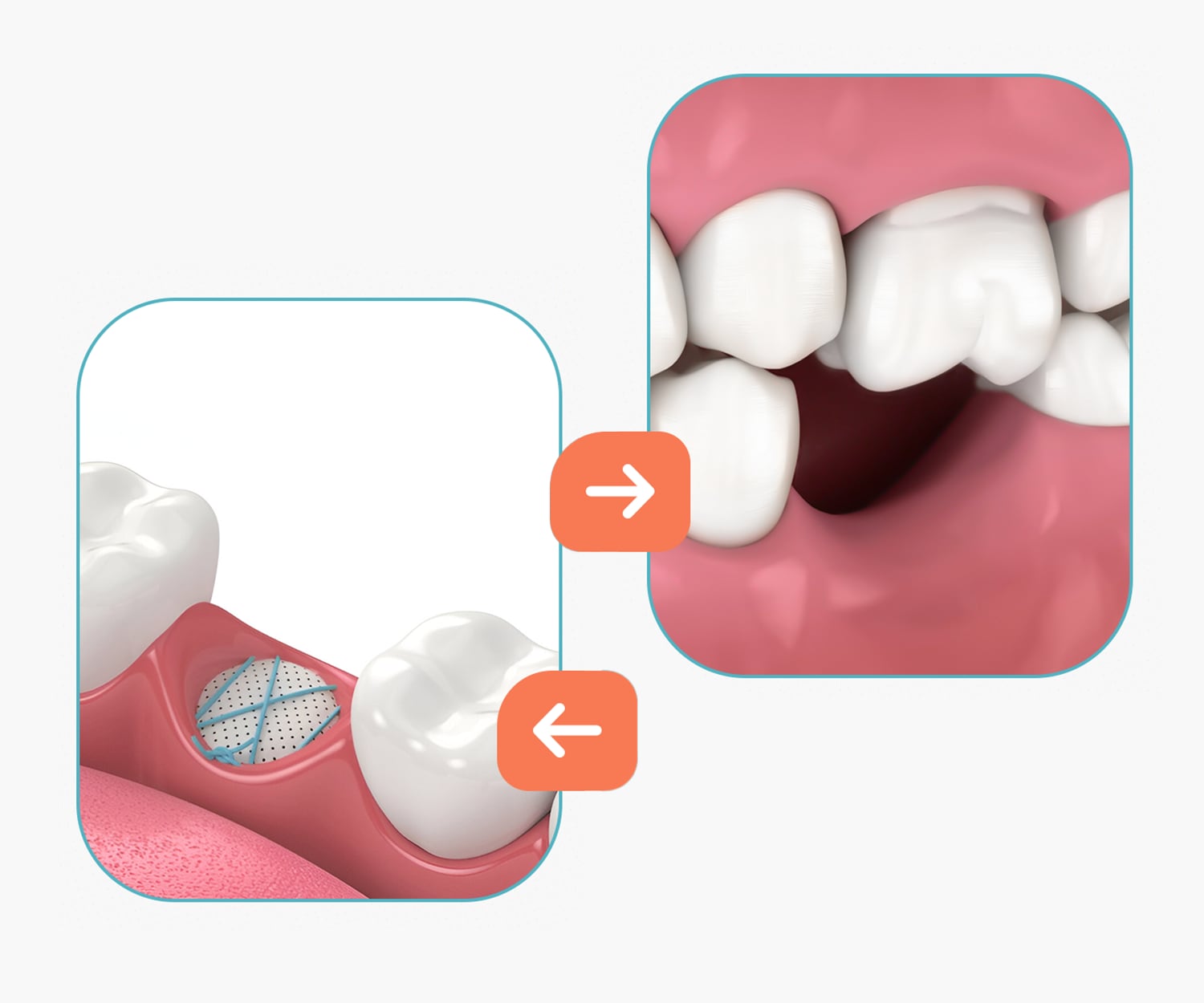
.jpeg)
